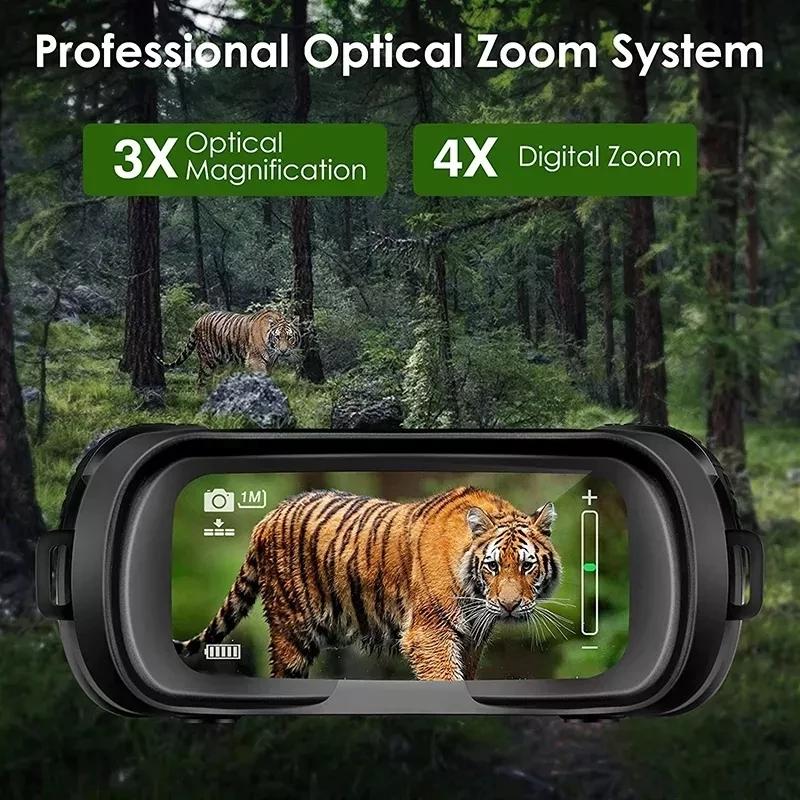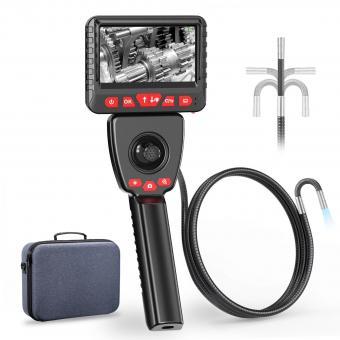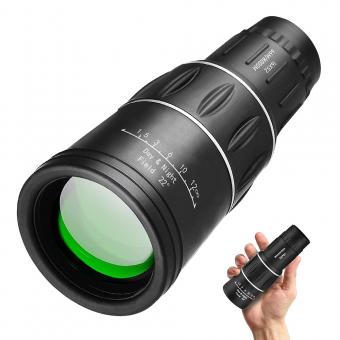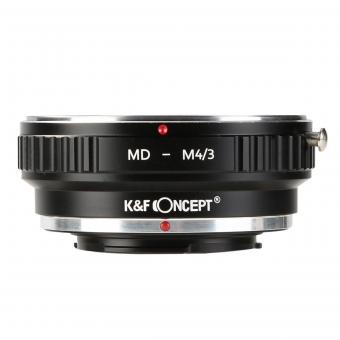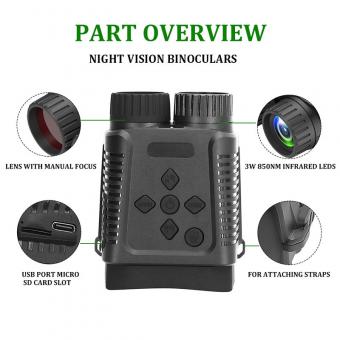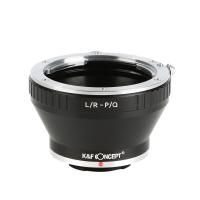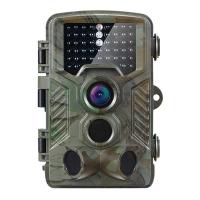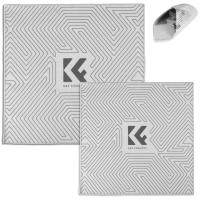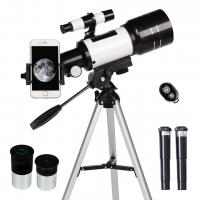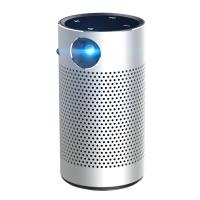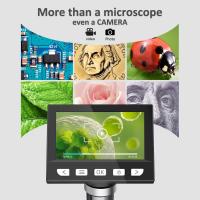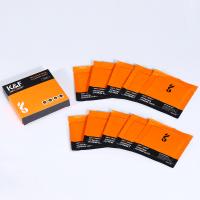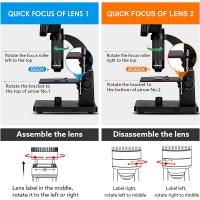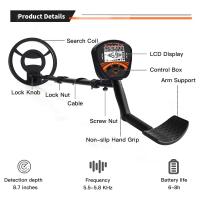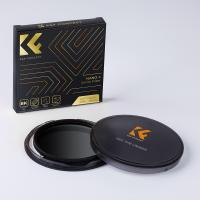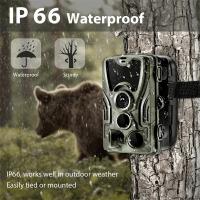Which Binoculars For Long Distance Viewing ?
When it comes to long distance viewing, it is recommended to use binoculars with a higher magnification power, typically ranging from 10x to 12x. These higher magnifications allow for a closer and more detailed view of objects that are far away. Additionally, binoculars with larger objective lenses, usually around 42mm to 50mm, are preferable as they gather more light, resulting in brighter and clearer images. It is also important to consider the quality of the optics, such as lens coatings and prism type, as these factors can greatly impact the overall image quality and clarity. Ultimately, the choice of binoculars for long distance viewing depends on personal preferences, budget, and specific requirements.
1、 Magnification power
When it comes to choosing binoculars for long distance viewing, the most important factor to consider is the magnification power. Magnification power determines how much closer the object will appear when viewed through the binoculars. For long distance viewing, higher magnification power is generally preferred.
Binoculars with magnification power ranging from 10x to 12x are commonly recommended for long distance viewing. These magnification levels provide a good balance between bringing the object closer and maintaining a steady image. However, it is important to note that higher magnification power also increases the shake and instability of the image, especially when hand-held. Therefore, it is advisable to use a tripod or image stabilization technology to minimize any potential blurring or shaking.
In recent years, there have been advancements in binocular technology that have improved long distance viewing capabilities. Some binoculars now come with image stabilization features, which help to counteract any hand movements and provide a steadier image. This can be particularly useful when viewing distant objects for extended periods.
Additionally, there are binoculars with higher magnification power available, such as 15x or even 20x. These can be suitable for extreme long distance viewing, but they may require additional stabilization methods to ensure a clear and steady image.
Ultimately, the choice of binoculars for long distance viewing depends on personal preferences and specific requirements. It is recommended to try out different models and magnification powers to find the one that best suits your needs and provides a clear and stable image for long distance viewing.
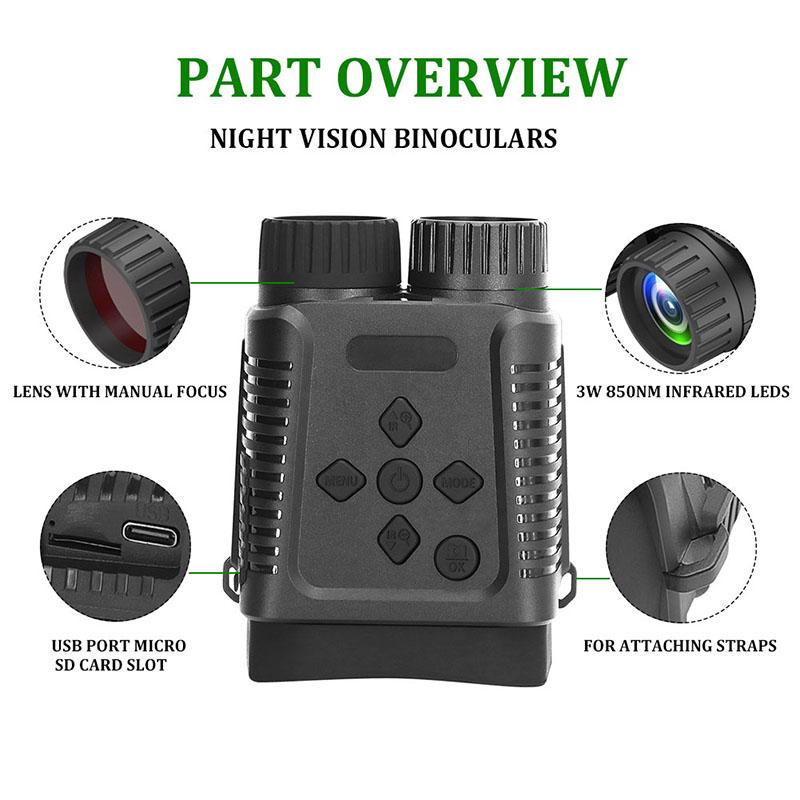
2、 Objective lens diameter
When it comes to choosing binoculars for long distance viewing, one of the key factors to consider is the objective lens diameter. The objective lens diameter refers to the size of the front lenses of the binoculars and is measured in millimeters. It plays a crucial role in determining the amount of light that enters the binoculars, which in turn affects the brightness and clarity of the image.
For long distance viewing, it is generally recommended to opt for binoculars with a larger objective lens diameter. This is because a larger objective lens allows more light to enter the binoculars, resulting in a brighter image, especially in low light conditions. It also helps to enhance the overall image quality and detail, making it easier to spot objects at a distance.
However, it is important to note that larger objective lenses also mean heavier and bulkier binoculars. This can make them less portable and more challenging to hold steady for extended periods. Therefore, it is crucial to strike a balance between the desired image quality and the practicality of the binoculars.
In recent years, there have been advancements in lens coatings and optical technologies that have improved the performance of binoculars with smaller objective lens diameters. These advancements have allowed manufacturers to produce compact and lightweight binoculars that still offer excellent image quality and long-distance viewing capabilities.
Ultimately, the choice of binoculars for long distance viewing depends on personal preferences and specific needs. It is recommended to try out different models and consider factors such as weight, size, and optical performance before making a decision.
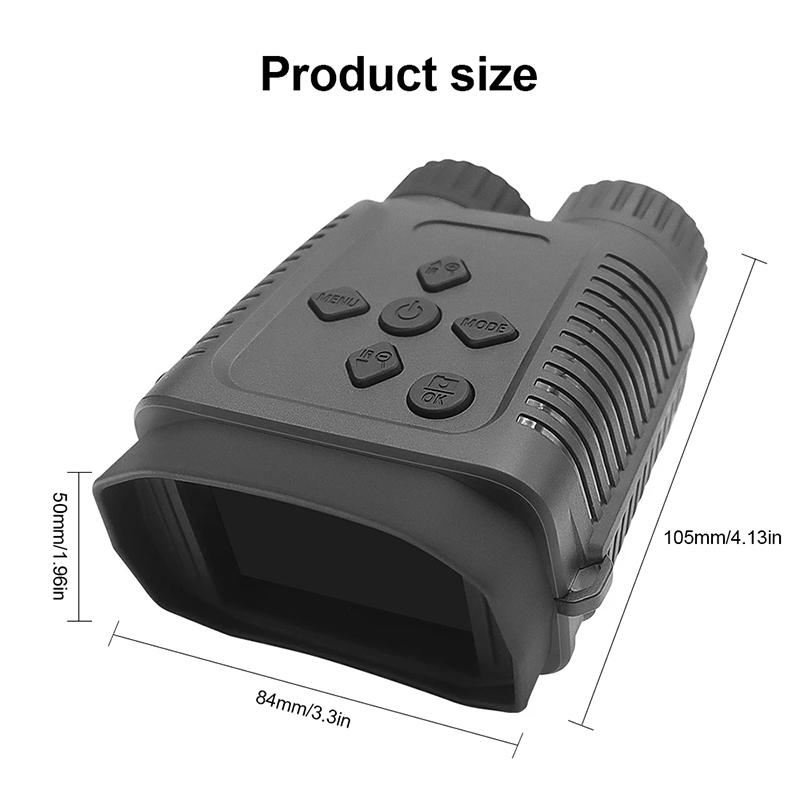
3、 Field of view
When it comes to long distance viewing, choosing the right binoculars with a wide field of view is crucial. A wider field of view allows you to see a larger area at once, making it easier to track moving objects or scan large landscapes.
One of the top contenders for long distance viewing is the Swarovski EL Range binoculars. With a field of view of 411 feet at 1,000 yards, these binoculars offer an exceptional wide-angle view. They also feature high-quality optics, ensuring sharp and clear images even at long distances. Additionally, the EL Range binoculars come with an integrated rangefinder, making them ideal for hunters or outdoor enthusiasts who need to measure distances accurately.
Another excellent option is the Zeiss Victory SF binoculars. With a field of view of 444 feet at 1,000 yards, these binoculars provide an expansive view of the surroundings. The SF series from Zeiss is known for its exceptional optical performance, delivering bright and detailed images. The ergonomic design and lightweight construction of the Victory SF binoculars also make them comfortable to use for extended periods.
It's worth mentioning that the field of view is not the only factor to consider when choosing binoculars for long distance viewing. Factors like magnification, lens quality, and image stabilization also play a significant role. Therefore, it's essential to try out different models and consider your specific needs before making a final decision.
In conclusion, for long distance viewing, binoculars with a wide field of view are essential. The Swarovski EL Range and Zeiss Victory SF binoculars are both excellent options that offer exceptional field of view and optical performance. However, it's crucial to consider other factors as well to find the perfect binoculars for your specific requirements.
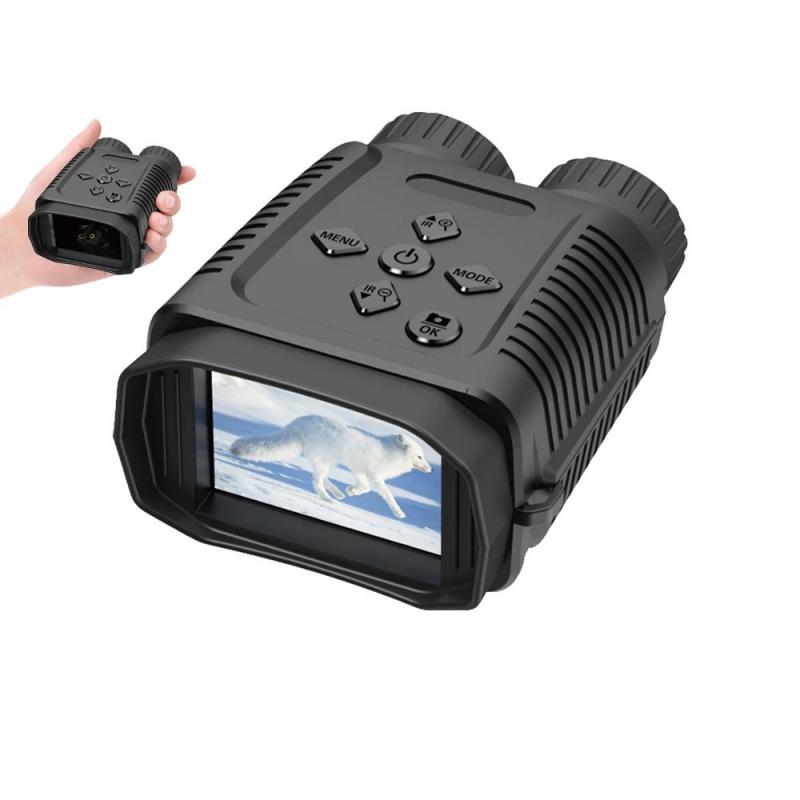
4、 Lens coating technology
When it comes to long distance viewing, choosing the right binoculars can make all the difference in the world. One crucial factor to consider is lens coating technology. Lens coatings are applied to the glass surfaces of binoculars to enhance light transmission, reduce glare, and improve image quality. There are several types of lens coatings available, each offering different benefits.
One popular lens coating technology is multi-coating. This involves applying multiple layers of anti-reflective coatings to the lenses, which helps to minimize reflections and increase light transmission. Multi-coated lenses are a great choice for long distance viewing as they provide excellent image clarity and brightness.
Another advanced lens coating technology is fully multi-coating. This involves applying multiple layers of anti-reflective coatings to all air-to-glass surfaces of the binoculars, including the prisms. Fully multi-coated lenses offer superior light transmission and image quality, making them ideal for long distance viewing in various lighting conditions.
In recent years, a new lens coating technology called dielectric coating has gained popularity. Dielectric coatings are applied to the prism surfaces and help to increase light reflectivity, resulting in brighter and sharper images. This technology is particularly beneficial for long distance viewing, as it enhances image clarity and detail.
It is important to note that lens coating technology is just one aspect to consider when choosing binoculars for long distance viewing. Other factors such as magnification, objective lens size, and overall build quality should also be taken into account. Ultimately, the best binoculars for long distance viewing will depend on individual preferences and specific requirements.
